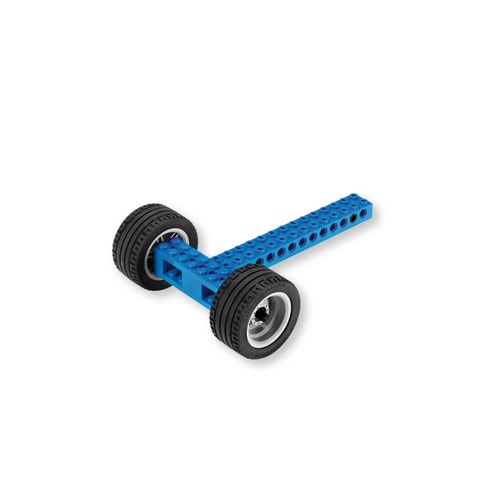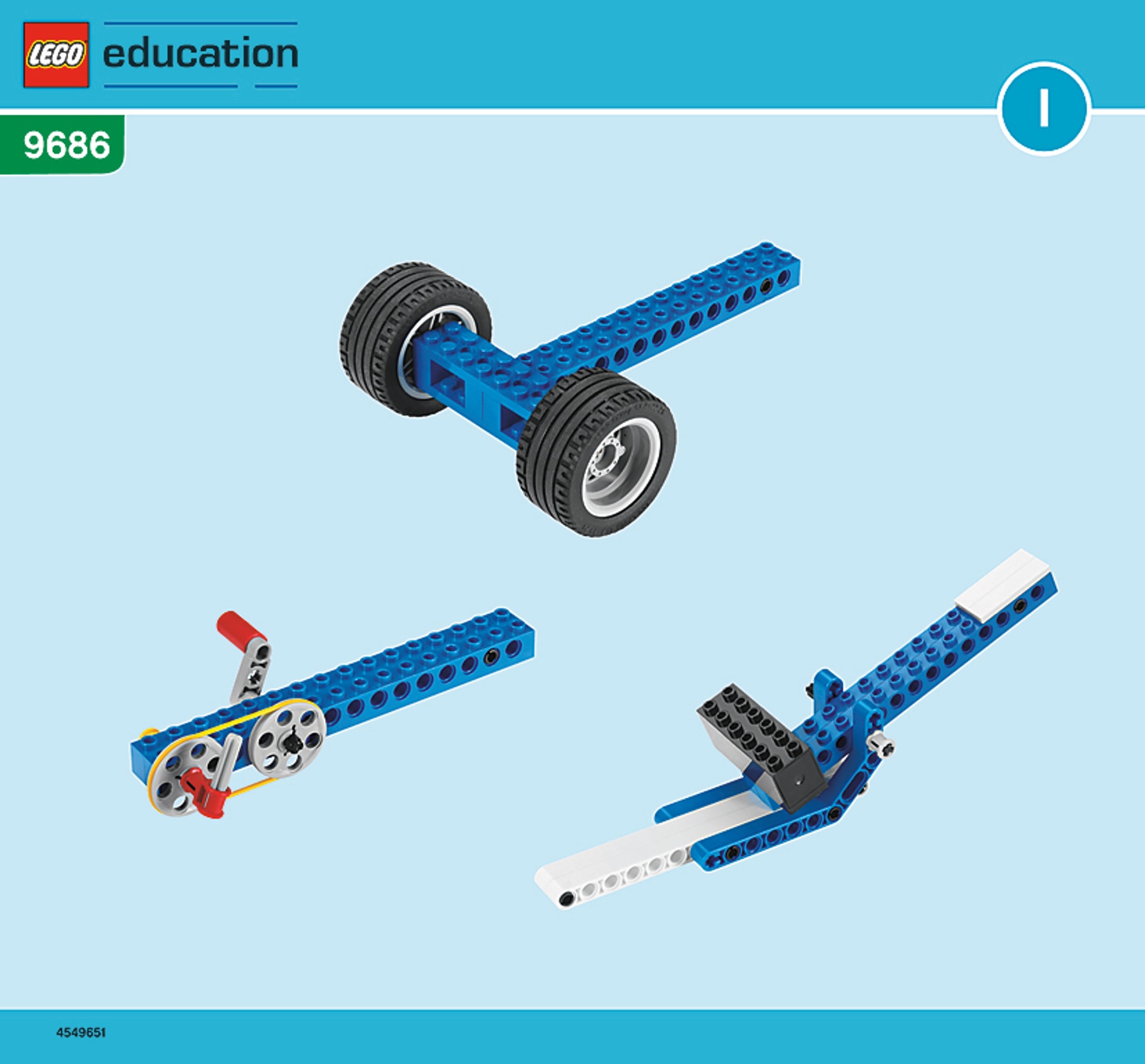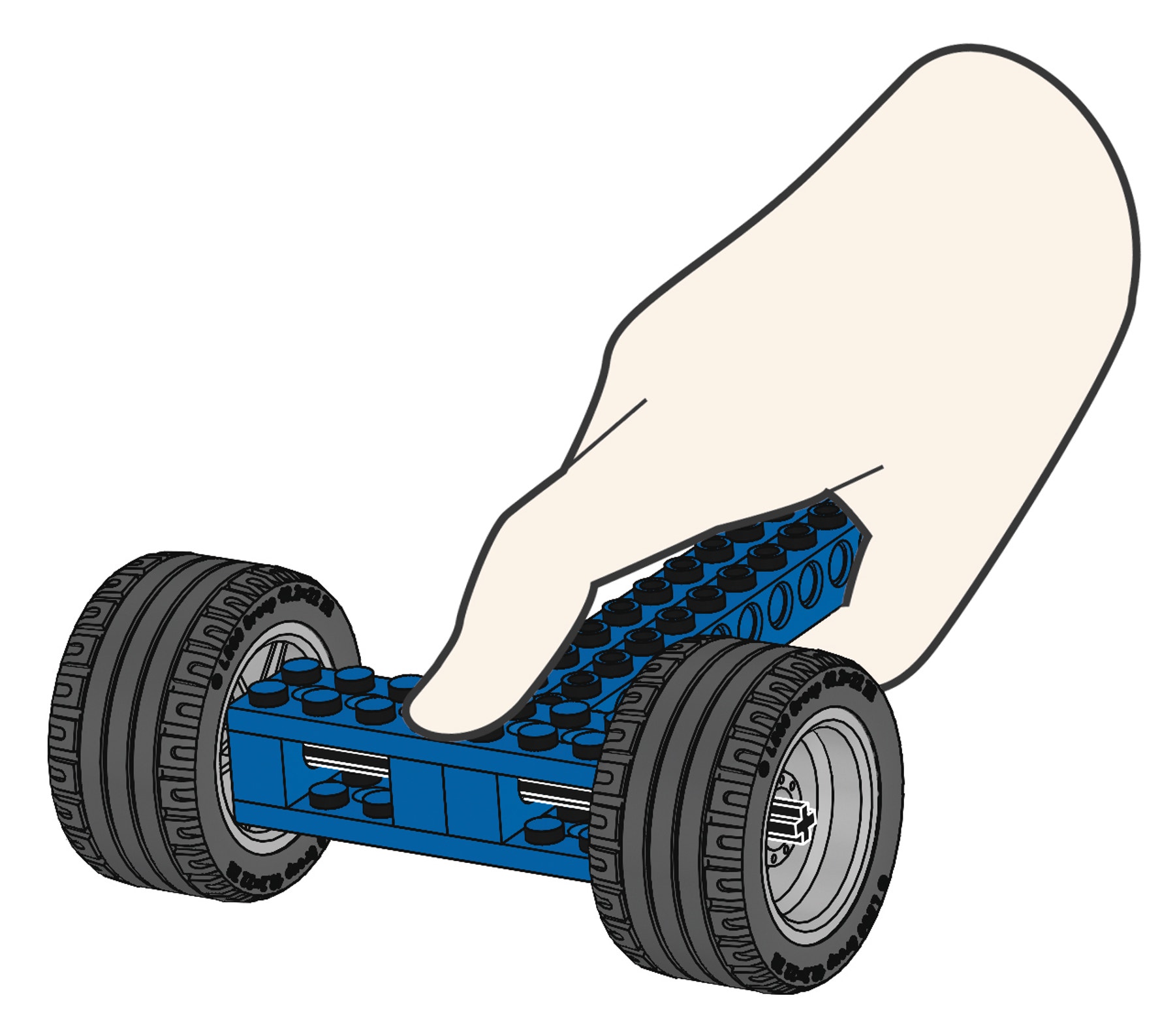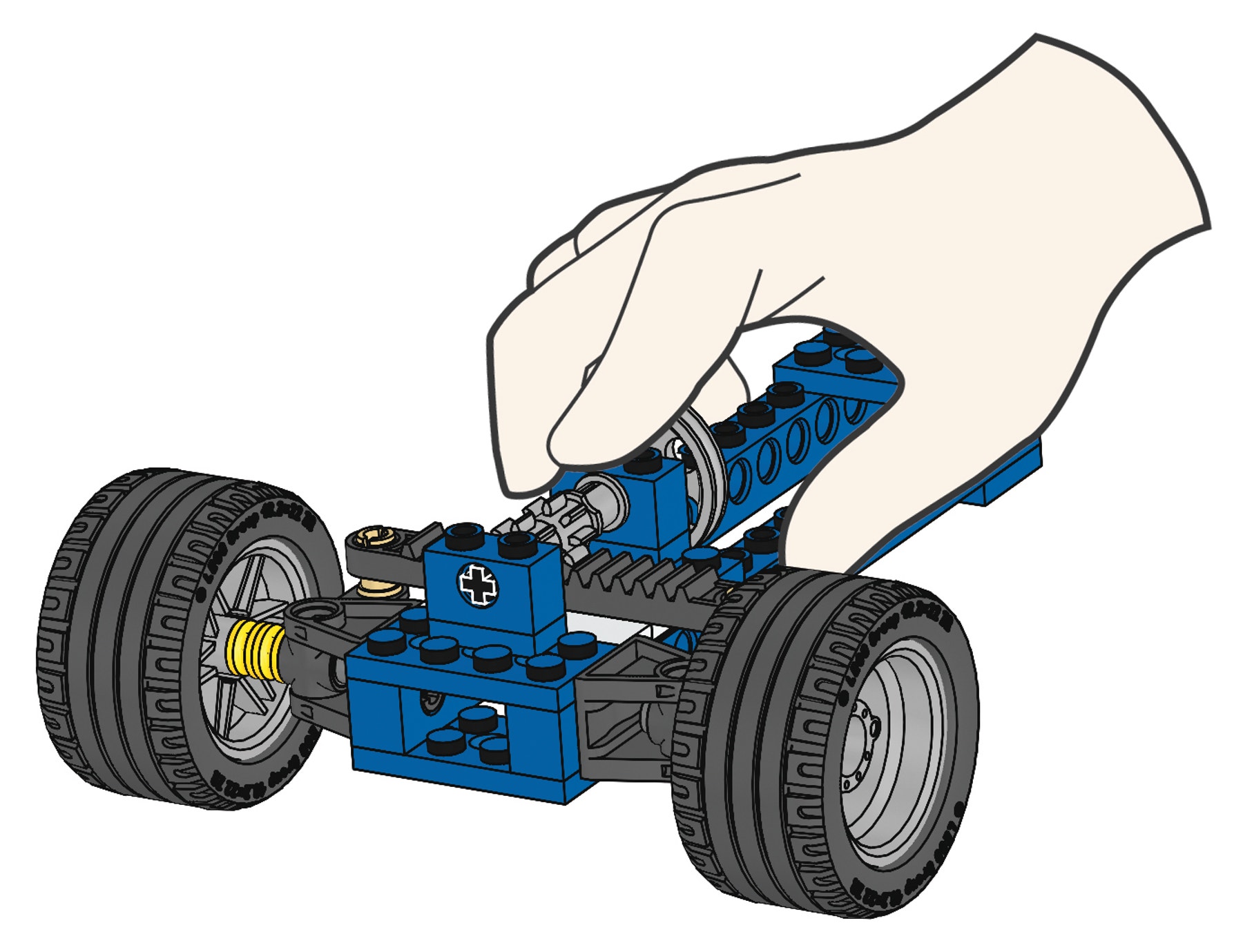Wheel and Axle
Wheel and Axle is a simple machine, often a big wheel and a small axle, which is secured to one another. A wheel and axle always rotate at the same speed.

Connect
(5-10 Minutes)
Simple Machines: Wheel and Axle
Wheels and axles are usually circular objects, often a big wheel and a smaller axle, rigidly secured to one another.
Did you know?
The first constructed wheel found so far was made by the Sumerians some 5,600 years ago.

The wheel and axle will always rotate at the same speed. Due to the bigger circumference of the wheel, the surface of the wheel will turn at a greater speed – and with a greater distance too.
Placing a load on a wheeled vehicle almost always reduces friction compared to dragging it over the ground. Wheels in science and engineering are not always used for transport. Wheels with grooves are called pulleys and wheels with teeth are called gears.
Common examples of wheels and axles are rolling pins, roller skates and pushcarts.
Construct
(5-10 Minutes)
Build the following models. Use the Contemplate ideas below and on the Student Worksheet to learn about each model, one at a time.
Build B1 book I, page 8 to 9
Build B2 book I, page 10 to 11
Build B3 book I, page 12 to 15
Build B4 book I, page 16 to 17
Build B5 as shown

Contemplate
(10-15 minutes)
B1
This model shows a cart with split axles. It is very easy to steer both when driving in a straight line or when following zigzag patterns involving sharp turns. The split axles allow the wheels to turn at different speeds.

B2
This model shows a cart with fixed axles. It is very easy to steer when driving in a straight line. However, it is hard to steer when following zigzag patterns involving sharp turns as the wheels cannot turn at different speeds. One wheel will always skid when turning corners.

B3
This model shows a cart with a steering system. It is very easy to steer both when driving in a straight line or when following zigzag patterns involving sharp turns. The split axles allow the wheels to turn at different speeds and the steering wheel provides good control.

B4
This model shows a universal joint. When the handle is turned the rotary motion is transmitted through the universal joint at an angle to the output. The speed ratio between input and output is 1:1.

B5
The mechanical advantage of a LEGO® wheel and axle is 9.2. Depending on whether you are using the effort to turn the wheel or axle.

Continue
Try other lessons!
Now that you have mastered the principles of wheel and axle try some of the other wheels and axles lessons like Freewheeling.
Teacher Support
Students will learn about:
The use of split and fixed axles
The effect a steering system on split axles
Universal joints, rotary motion transmission and speed ratios
Mechanical advantage of wheel and axle
9686 Simple & Powered Machines Set (two students per set recommended)
Student Material
Share with:
 Google Classroom
Google Classroom



